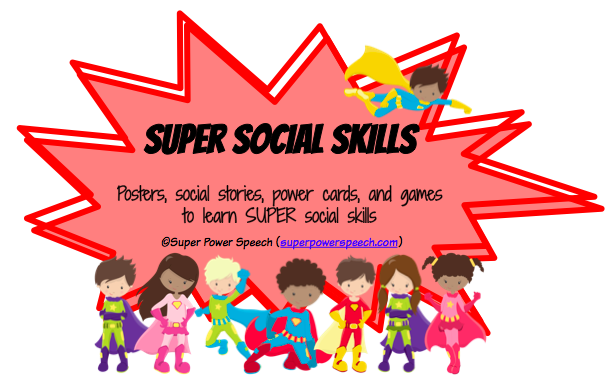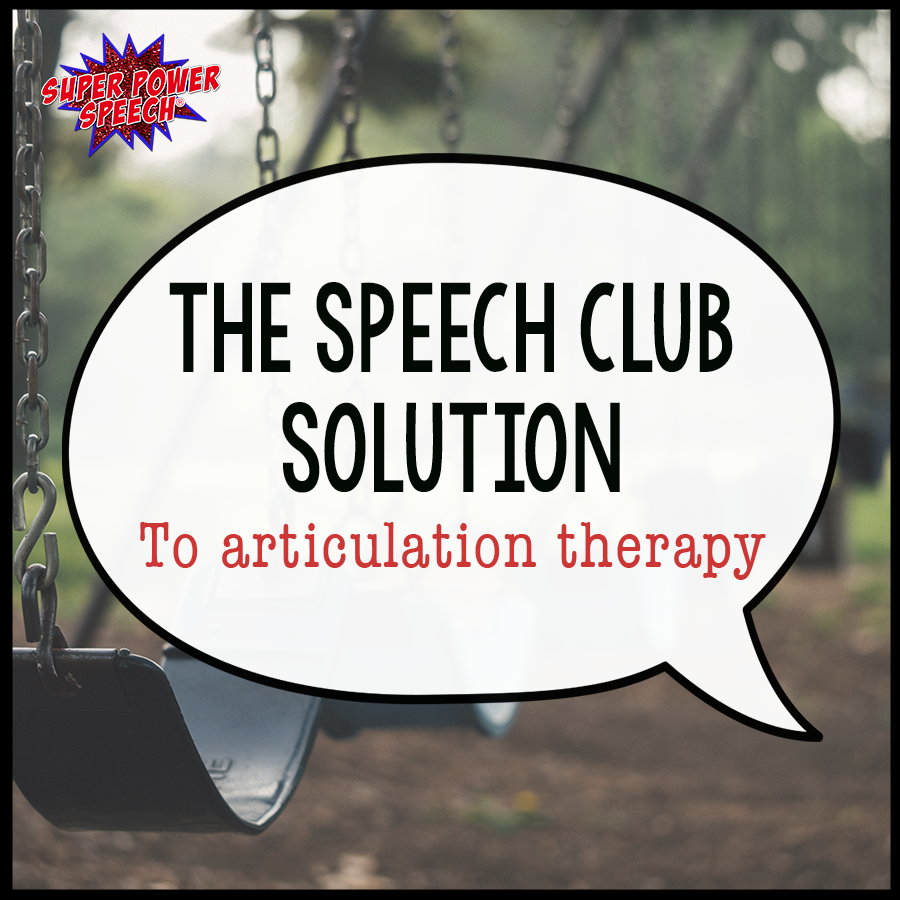10 Tips for Supervising an SLPA

Five minutes after the last day of school I received an email that shocked and devastated me. An SLPA, who is more like a soul-sister to me, had just be reassigned to another school for next year. I have worked with this woman for six years. She can read my mind, finish my sentences, and knows exactly what I want her to do with students and paperwork. We had gone through health crises, exchange students, and many graduate student interns together. She was my creativity muse and model for amazing data collection. She was my work soul-sister. Although I knew that SLPAs were frequently moved around within my district, I had hoped and dreamed that this one would never be moved.
Speech Language Pathology Assistants (SLPAs) can make the difference between a caseload and responsibilities that are unmanageable, to a job that you truly love. They are certified individuals who have a bachelors or associates degree in the field and whose job is to help the SLP with their job.
I have supervised at least one SLPA for the last 15 years. For the last three years, I have had two amazing professionals share my humble speech room. I cannot imagine my job without them! If you too have the privilege of working with certified SLPAs, then these tips from my years of experience are for you!
Before I continue with this post, I must stipulate that I have never supervised from afar. I know that some SLPs use their assistants through teletherapy or to cover all the therapy in a school. My state requirements have strict supervision requirements and I am almost always in the same room as my assistants during the day.
Introduce your SLPA to the staff
Because my SLPAs are often split between buildings, they may feel left out or “unknown” in each setting. It is crucial to make sure that the staff knows their names, has a visual of them (take a picture), and knows what their role in the school is. Let teachers know ahead of time that your SLP-A will be running some of the speech groups and to expect him/her to pick up the students.
Make checklists for frequent responsibilities
One day, your SLPA may be able to read your read your brain and no longer need a list. The SLPA that I was privileged enough to supervise for six years became like this with me. We were two bodies and one brain and she could finish my thoughts for me. Until that day, however, your SLPA will need lists. Most likely many lists. The most efficient way to do this is to brainstorm the things that he/she will need to do daily, weekly, monthly, and yearly. Write down every step, then put the lists in a sleeve protector to be checked off as completed. I call these my “evergreen” checklists and also have a set of these for my own benefit.
Some evergreen checklists that to consider making include:
- Setting up each day
- Cleaning up and finalizing data each day
- How to make copies of IEPs and other legal paperwork and who to send these to
- How to collect materials from the lesson plan and how to put them away
- How to do an intake with a new student
- What to do with the paperwork from a student that moves/graduates from speech
Create a routine
Although a small percentage of people disdain routines and consistency, the majority thrives (or at least benefits) from routines. Using the evergreen checklists and other needs in your circumstance, great routines for both the SLPA and yourself that make working together easier.
Get your SLPA into the classrooms
When possible, have your SLPAs merge into the general education classroom. In this blog post, I explain how my SLPA and myself merge and provide services for students within their classroom. I feel that it is important for both students and teachers to see the SLPA as a vital member of the school staff, and there is no better way than having them in the rooms!
Use your SLPA for RTI
Is your school using RTI for speech eligibility? Your caseload might be bursting at the seams, but maybe you can use your SLPA to provide this valuable intervention and collect data?! Through pull out or push in, the information that you receive from the SLPA could be the most valuable input as to whether to pursue special education testing.
Create detailed lesson plans
At the beginning of the year (or after an IEP), I assign levels to my students. I then create lesson plans specifically for those levels. My SLPA who works with full inclusion students checks with me each morning and then uses these plans. Because they are specific (as are my data sheets), she does not need step by step directions for every single group.
Model or video model
Sometimes there is a student that is just tricky. Your SLPA may have tried everything in their bag of tricks and continue to struggle. That is when you, as the supervising SLP, need to step in. Join that therapy session and model some new ideas or therapy techniques. Give examples and talk to the SLPA throughout. If live modeling is not possible (because of timing or location), create a video demonstrating the skill and share it with your SLPA. I have had great success with this method, especially when my SLPA is able to practice it with a student immediately after watching me.
Build on the strengths and style of your SLPA
One of my SLPAs works exclusively with highly impacted children. Even when I told her what to do with the students, she struggled with making it work for her. She would get flustered during the session because the student was acting up (or not responding) and she did not know what to do as a back-up plan. Because of this daily issue, I created a core word curriculum for her to follow. I knew she liked using file folder activities and worksheets, so I created them for her! There are plenty of materials within this curriculum for her to have fall-back activities and all of my students. Although it took her awhile to put it together (that is something I always use my SLPAs for!), she LOVES it and says it makes her job so much more manageable!
Gently offer advice
Although you may feel that your SLPA needs to improve in many areas, no one does well with harsh criticism. Offer frequent praise and occasional advice. If the advice is too subtle, or the SLPA is not making the desired changes, try writing down the expectations in a kind way. Give your SLPA time to adjust, while continuing to praise any steps in the desired direction. Only if and when you feel that the SLPA is deliberately not following your direction or advice should it be taken to the next level (principal, special education director, etc.). If possible, keep things as positive as possible, as this will help your relationship immensely.
Form a good working relationship
Even if your personality types mean you won’t be best friends, getting to know your SLPA will make a huge difference in your working relationship. Learn about his/her family, hobbies, likes and dislikes. Have casual, friendly conversations that don’t involve work every day. Not only will you both be happier employees, but your students will also notice the camaraderie and respect! With time and a good relationship, maybe one day you too may have an SLPA that is your work soul-sister/brother!








Very helpful tips–thanks!